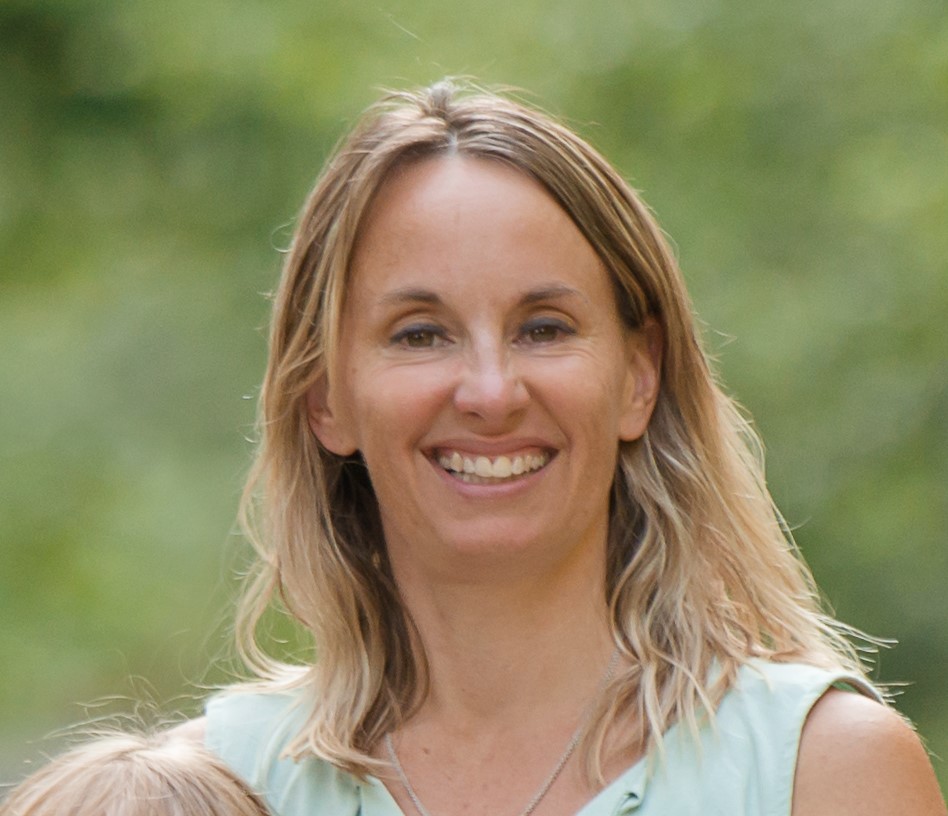Personalized Learning - Active Student Centered Learning
- Part 2 of 3
When I was in school, I often memorized material for a test which after I wrote it I promptly forgot what I had “learned.” Does this sound familiar?
When I became an educator, I asked myself, what is learning and how do I know if learning has happened?

Carrie Hughes-Grant
Head of School
Learning is defined as: the process of acquiring new understanding, knowledge, behaviors, skills, values, attitudes, and preferences. Active learning is "a method of learning in which students are actively or experientially involved in the learning process and where there are different levels of active learning, depending on student involvement." Passive learning, which is what many of us would have experienced, is a method of learning or instruction where students receive information from the instructor and internalize it. It is a method "where the learner receives no direct feedback from the instructor" unless it is on a formal evaluation. Several research studies demonstrate the positive impact active learning can have upon students' learning outcomes: increased content knowledge, critical thinking and problem-solving abilities, and positive attitudes towards learning in comparison to traditional lecture-based delivery (Anderson et al, 2005).
Where active learning requires students to think, discuss, challenge, and analyze information, passive learning requires learners to absorb, assimilate, consider, and translate information. Active learning encourages conversation and debate, while passive learning encourages listening and paying attention to detail. Active learning is any learning activity in which the student participates or interacts with the learning process, as opposed to passively taking in the information. When given the opportunity to actively engage with the information they're learning, students perform better.
In a teacher-directed classroom, the students are more passive. They simply receive knowledge from the teacher and don’t take a very active role in constructing it themselves. On the other side, we have the student-centered classroom where the students are active learners and take ownership of their own learning. They are creating their own knowledge and constructing their own environment for learning including the focus of material and types of assessments. If a girl prefers having class discussions about the material or working on a team project they are encouraged to ask directly and specifically.
I was once told that to really understand something you should teach to another person; however, now I know that a student's active engagement in the learning process is the key to successful learning, as it makes the education experience fun and memorable because of the creative and innovative applications they make to demonstrate their learning. When was the last time that you sat down to write a test by yourself in a room with only a pen to help you? And what do you remember about that material? Education should not be one size fits all, as we are all unique learners and we need a system that matches who we are personally.
